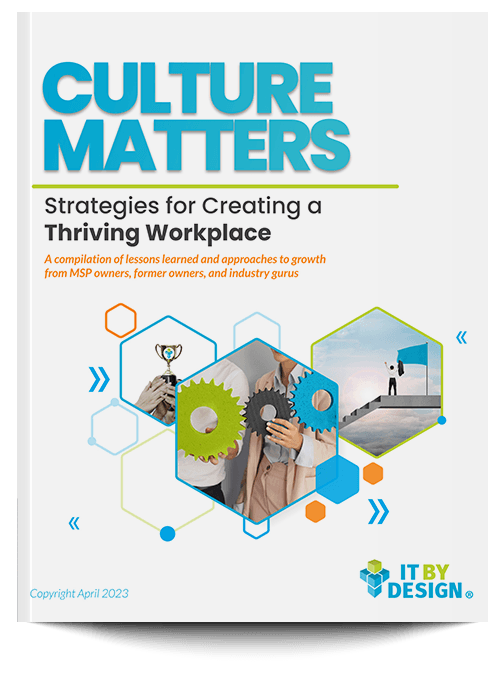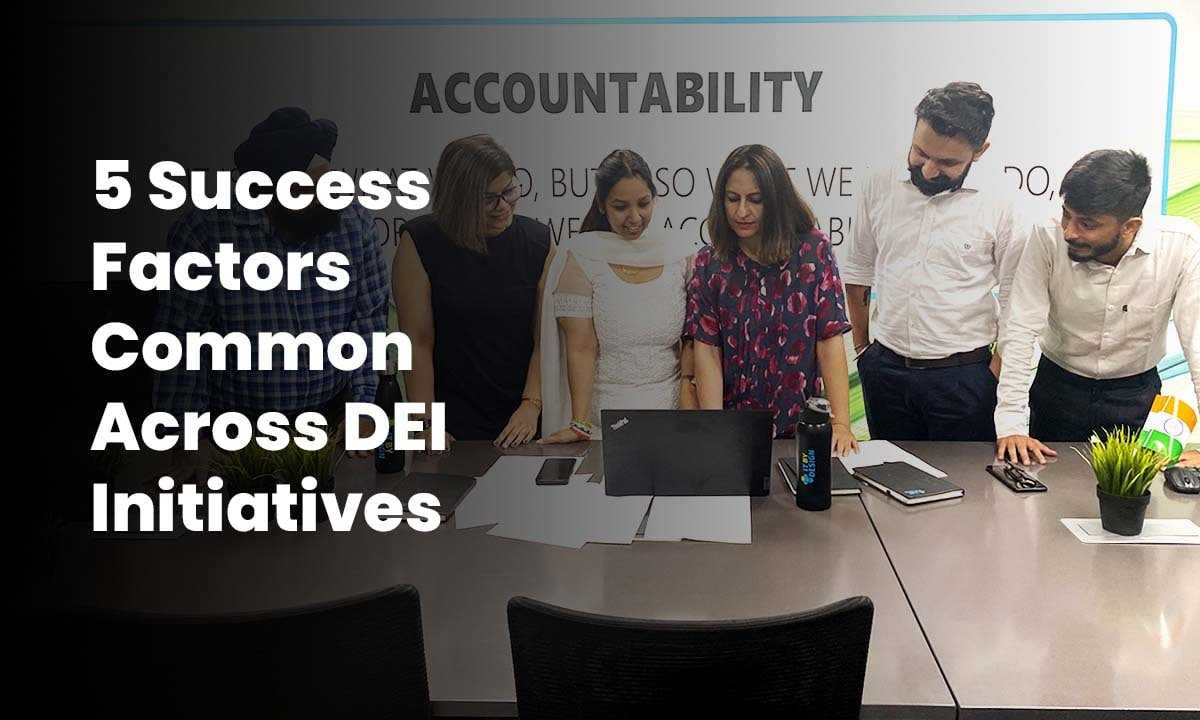Research shows that diverse and inclusive organizations are more innovative, productive, and profitable than their less diverse counterparts. But implementing diversity, equity, and inclusion (DEI) initiatives can be overwhelming if starting from scratch. Many businesses struggle to implement effective DEI programs that create lasting change and have high impact.
Fortunately, there are some best practices that can guide companies in their journey. The Global Parity Alliance: Diversity, Equity and Inclusion Lighthouses 2023 report identifies five success factors that distinguish DEI initiatives with significant impact from those with limited or no impact. These success factors include: a nuanced understanding of the root causes, a meaningful definition of success, accountable and invested business leaders, a solution designed for its specific context, and rigorous tracking and course correction.
Let’s take a closer look at each of these success factors and how they can help organizations achieve their DEI goals.
1. Understand the Root Cause
Diversity and inclusion initiatives need to start with a deep understanding of the challenges facing underrepresented groups. This requires data collection and analysis and listening to the lived experiences of minority employees. By doing so, leaders can identify the specific barriers and biases that hinder the recruitment, retention, development, and advancement of underrepresented talent.
For example, the Lighthouses report conducted a comprehensive diagnostic to understand why women at a certain company were leaving at a higher rate than men. They found out that those women faced more challenges in balancing work and family responsibilities, accessing mentorship and sponsorship opportunities, and navigating organizational politics.
2. Define Success
Having clear and measurable goals helps ensure that progress is being made and that resources are being used effectively. Goals should be aligned with the organization’s vision, mission and values, as well as the needs and expectations of minority groups.
Using checkpoints that are specific, realistic, and time-bound will provide a clear picture of progress (or highlight speed bumps). One of the organizations in the Lighthouses report set a goal to increase the representation of women in senior leadership positions from 18% to 30% by 2025. That timeline will allow for periodic assessments to see if the goal can be met and what changes may be needed to attain the objective.
3. Hold Leadership Accountable
Any new initiative needs the full support of the leadership team, especially inclusion and diversity programs. Being committed to DEI and holding others accountable for making progress are foundational aspects that can either make or break the process. Managers, supervisors, and executives should model inclusive behaviors and communicate regularly with colleagues about the importance and benefits of DEI.
Creating a council of senior executives who are responsible for overseeing the implementation and evaluation of these initiatives is a simple way to ensure that inclusion and diversity ideals are integrated into the company’s strategy, culture, and performance management system.
4. Design Specific Solutions
There is no one-size-fits-all answer to DEI challenges; solutions need to be tailored to the specific needs of the organization and the underrepresented groups it serves. Different businesses face unique problems and opportunities when it comes to diversity and inclusion, so initiatives should be based on analysis and input from minority employees that face those hurdles every day. Create plans that are holistic and address multiple dimensions of DEI when possible, such as awareness, belonging, capability, diversity, equity and inclusion.
5. Track and Correct
It may sound obvious, but if an initiative is not working, it must be adjusted or discontinued. While the thought of implementing a program and then moving onto the next is alluring, DEI is an ongoing process that continually evolves. Evaluation should be based on data and feedback from multiple sources such as surveys, interviews, focus groups, metrics and benchmarks. That process should also be transparent, timely, and actionable. For example, one of the organizations in the Lighthouses report used a dashboard to monitor key indicators such as representation, retention, promotion, engagement, satisfaction and perception.
Forging a Transformative Path Toward Equity
By comprehending and integrating these pivotal factors into their operational framework, companies can effectively execute DEI initiatives that not only create a more inclusive workplace but also support their underrepresented talent. This strategic approach shows a commitment to dismantling systemic barriers and developing an environment where every individual can thrive.
As an organization embarks on its DEI journey, there will be both hurdles and successes. One significant challenge is navigating the landscape of differing perspectives, experiences, and expectations among a diverse workforce. Producing an inclusive culture requires ongoing dialogue and education to bridge these gaps and cultivate a shared understanding of overarching objectives.
Through a dedicated commitment to these principles, your organization can forge a future that embraces diversity, ensures equity, and celebrates inclusion. How does your company currently rank in these areas? What challenges or opportunities have you encountered in your DEI journey?
For more content like this, be sure to follow IT By Design on LinkedIn and YouTube, check out our on-demand learning platform, Build IT University, and be sure to register for Build IT LIVE, our 3-day education focused conference, September 9-11 in Orlando, FL!








